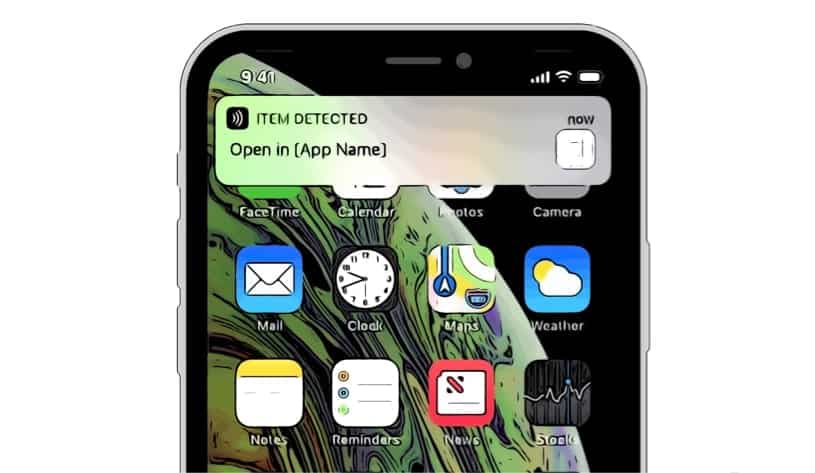Hidden away in the countless announcements during the latest Apple special event was some news in relation to NFC.
Apple has already declared support for third-party application to read NFC technology. But these latest announcements offers support that is more closely aligned with iOS.
Users were previously required to launch a third party app to read NFC tags. The latest Apple NFC update means that new models will be able to read tags in the background. This allows users to simply walk up to an NFC tag, wake the screen and the device will read the tag.
This will materialise in the form of a notification on the home screen, or in the feed if the phone is unlocked. Tapping this notification will automatically take the user to the correct app for the NFC function. This provides a simpler way for those who struggled to understand how to use NFC to get the most from the technology.
What does Apple’s latest NFC update mean?
At Tamoco we’ve always taken a sensor agnostic approach when deciding which proximity sensors to support on our network. Tamoco’s long-term support for multiple proximity sensors is further validated by the announcement.
The ways that consumers interact with the physical world is always changing. By supporting multiple sensor types Tamoco provides support for clients to bridge the gap between the digital and physical worlds.
The latest update in the NFC provides fantastic benefits when working with Tamoco, including:
More interactivity with NFC
The most obvious benefit for those interested in consumer engagement via NFC is the potential to interact seamlessly with NFC in the real world.
In the past iOS users have been required to download a third party app to use NFC. This provides a huge barrier to interaction.
With this update, Apple has removed this obstacle and this provides brands with the opportunity to reach more people, more often with NFC campaigns.
Whilst this will only be available for Apple’s newest range of devices, this still presents a great opportunity to create a more interactive experience for consumers.
Direct access into the notification feed
Support allows the NFC tag to be read and display a notification to the user. These notification dialogues use part of the native iOS notification system. This is a great way to reach users in a trusting and powerful way.
A user gets the opportunity to tap the notification and the device will head to the right app, depending on the content type.
This means that brands can offer consumers multiple types of media and be sure that the experience is seamless on an iOS device.
This provides a powerful, direct and interactive channel in which to reach consumers with relevant content.
Better opportunity for users to connect with the physical word
The announcement shows how far the link between physical and digital has come. Apple has realised that consumers want their digital devices to connect to the real world around them.
They want this connection to be simple and quick. NFC has always provided this opportunity, but the developments mean that this connection is now available at scale.
NFC carries huge potential as it has already been adopted in the payment and travel spaces. It seems like this new announcement will have a large impact and will be pivotal in the way that users can use their devices to connect with what is around them.
About Tamoco and NFC
Tamoco is the leading sensor driven location company. We help businesses to reach consumers based on context and provide extensive support across a wide range of technology. Our aim is to provide the content to consumers in the right moment and providing the vital link between the digital and physical worlds.
To find out more about what you can do with NFC and Tamoco’s powerful network, please get in touch with one of our campaign managers.
[mkdf_button size=”” type=”” text=”Get started today” custom_class=”” icon_pack=”font_awesome” fa_icon=”” link=”/contact-app” target=”_self” color=”” hover_color=”” background_color=”” hover_background_color=”” border_color=”” hover_border_color=”” font_size=”” font_weight=”” margin=””]James is the head of marketing at Tamoco

